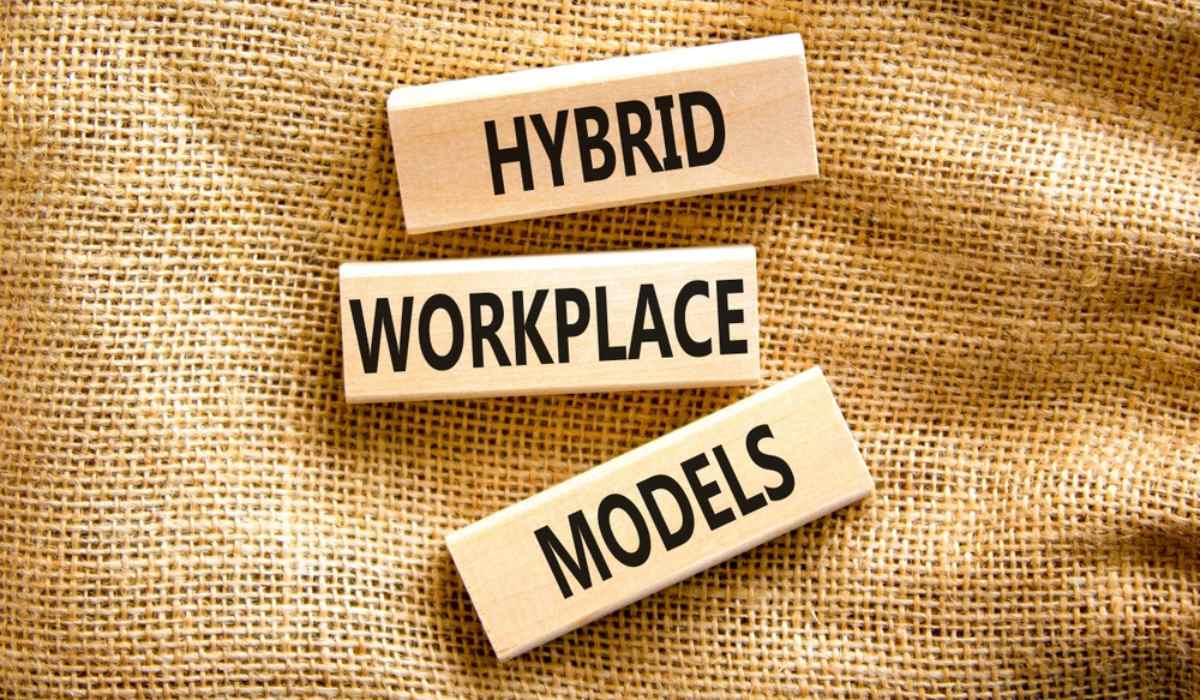For decades, the 9-5 work culture has been ingrained into our DNA, seemingly resistant to change. However, the pandemic turned our lives upside down and challenged long-standing norms. Numerous jobs, previously requiring a physical office space, successfully transitioned to remote work and thrived under the new circumstances.
In the pre-pandemic era, businesses viewed offices as hubs for individual productivity. However, in the post-pandemic world, offices are evolving into hybrid offices where employees seamlessly move between their home workspaces and traditional office settings. Recent reports indicate that 64% of high-growth companies are embracing the hybrid model. This demonstrates a significant transformation in the perception of offices.
Rather than being just a place for routine tasks and meetings, the office has taken on the role of fostering a vibrant work culture, facilitating connections, enabling continuous learning and, most importantly, promoting employee collaboration. This shift is largely supported by the growing capabilities of information and communication technologies, empowering individuals to accomplish their work from the comfort of their homes.
Evolution of Office Design
The evolution of work culture calls for a reimagining of office design. Moving beyond open desks, there is a need for balancing collaborative and private spaces that provide privacy in a home-like setting while ensuring that important discussions and interactions are not left behind. In this new era, we require office designs that accommodate every employee, whether they work from the office or remotely.
We present a selection of designs that seamlessly blend workspace requirements, creating spaces that foster productivity, collaboration and a sense of belonging:
Hybrid Hub
Collaboration is vital in any work setting. This office design integrates a central hub that serves as a focal point for both in-office and remote employees. It features advanced video conferencing technology, sit-to-stand workstations, ample storage and pleasant lighting, enabling seamless virtual interactions and meetings. Designated collaboration zones within the office offer interactive whiteboards, open conference table meetings, movable furniture and comfortable lounge seating, encouraging spontaneous brainstorming sessions and teamwork.
Through technology, remote employees can actively participate, ensuring inclusivity and enhancing collaboration between all team members, regardless of their location.
Personalised Workstations
Recognising employees’ diverse needs and preferences, this design emphasises personalised workstations. Each employee is free to customise their space, adding personal touches. From adjustable desks and ergonomic chairs to personalised décor, these workstations cater to individual preferences and promote a sense of ownership and comfort, making the workspace more enjoyable and inspiring.
Quiet Retreats
Recognising the importance of mental well-being and focus, this design incorporates quiet retreats within the office space. These areas are specifically designed for deep work, meditation or relaxation. Hybrid employees can access these retreats, fostering a balanced, stress-free work environment.
Tech-Enabled Connectivity
The success of a hybrid workspace depends on seamless connectivity between in-office and remote employees. Prioritise cutting-edge technology, incorporate high-speed wi-fi and update audio-video connections and private video conferencing capabilities. Real-time collaboration, virtual water cooler conversations and knowledge sharing can be effortlessly achieved by leveraging these advancements.
Furthermore, integration with collaborative software ensures smooth communication and efficient project management for all team members. A study by Harvard Business Review indicates that technology can foster relationships between remote and in-office employees, facilitating virtual connections and collaborative thinking.
Locker Rooms
Companies can foster a sense of belonging and accommodate hybrid employees by introducing locker room facilities. In a hybrid work setting, employees may not always find their dedicated desks or chairs, leading to a feeling of being unwelcome at the workplace. With locker facilities, employees can conveniently store their work-related belongings on-site, creating a personal space that instils a sense of ownership and connection to their workspace.
In this evolving world, where a considerable number of employees seek either a remote or hybrid setup, offices must adapt and accommodate the needs of their most valuable assets – their employees. Embracing remote work options and creating hybrid office design spaces fosters employee satisfaction, enhances productivity and empowers teams to thrive in the ever-changing work landscape.
(The author is Managing Director, Eleganz Interiors)
| Got any questions or point of view on our article? We would love to hear from you. Write to our Editor-in-Chief Jhumur Ghosh at jhumur.ghosh1@housing.com |







